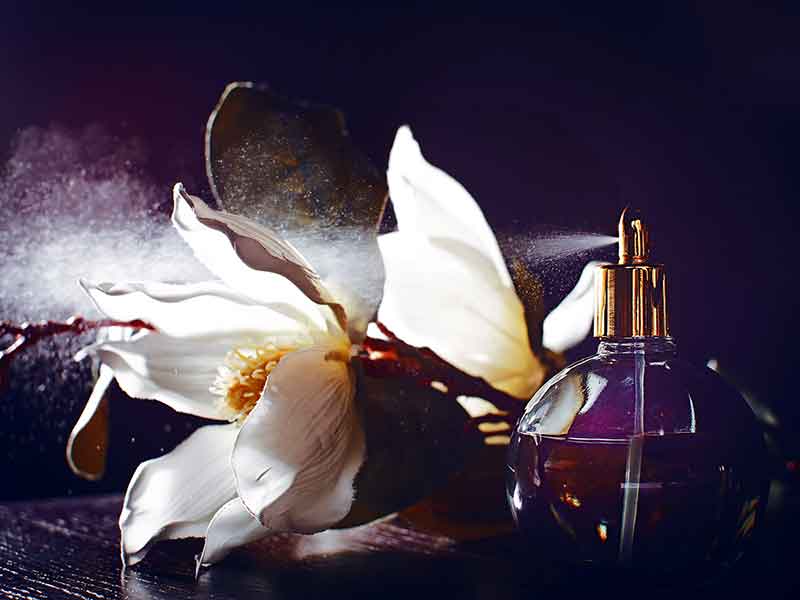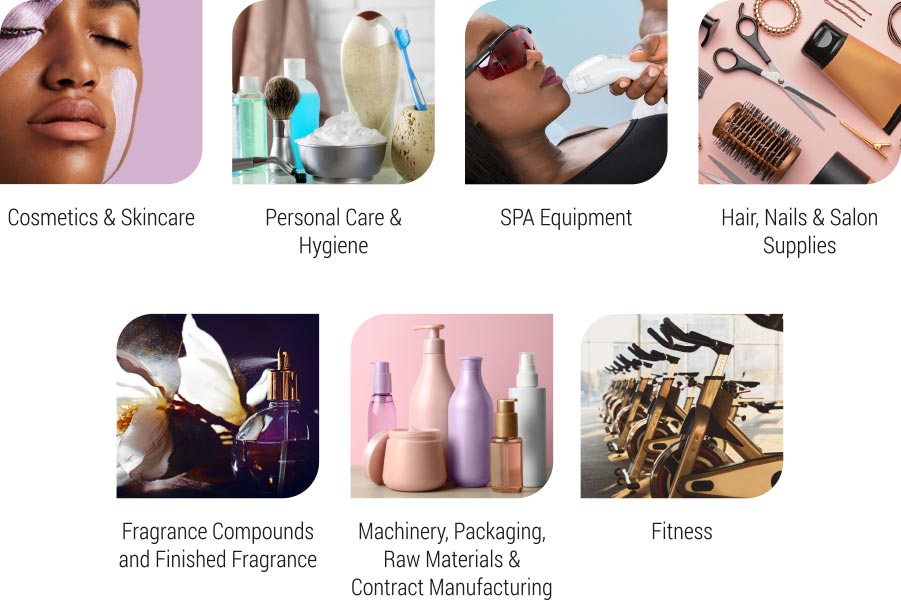Africa’s Booming Beauty and Cosmetics Industry
According to market research, the beauty industry in the Middle East and Africa was estimated at about $27.1 billion in 2018. Of this figure, South Africa alone represented $4.5 billion; Nigeria and Kenya are second and third among sub-Saharan nations, with Kenya’s market totaling more than $320 million. In comparison, the Asian market was estimated at $128 billion in the same year.
As a result, the outlook for the African cosmetics, beauty and personal care products market is very positive for the coming years as there is so much room for it to grow and become at par with the Asian markets. Here is some of the fundamental reasons for the huge and growing demand for beauty and personal care products across Africa.
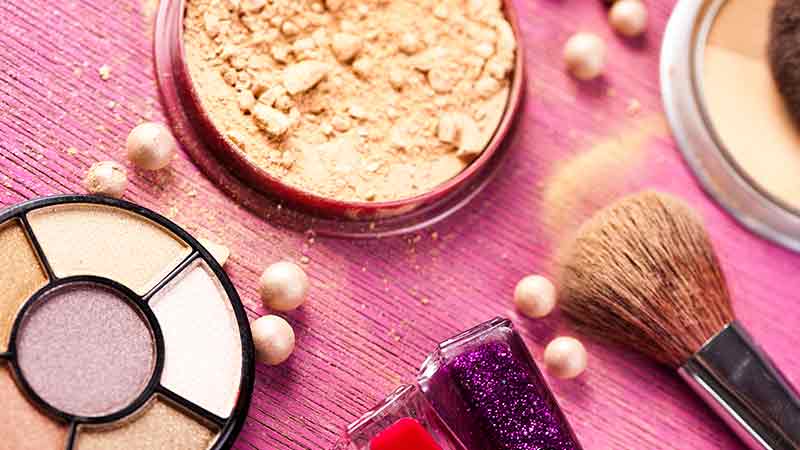
Cosmetic products have become a basic and daily need
In today’s world, cosmetics have become a very basic need. Everyone, including poor people, will go out of their way to enhance the way they look, feel and smell.
Besides helping us with our personal hygiene, cosmetics have become vital to our self-esteem and largely determine how other people treat us and our ability to influence them.
It’s not a surprise that beauty and skin care products are the fastest selling items in Africa after food!
That modern Africans have a basic need for beauty and personal care products is only one part of the equation. Africa’s current population of roughly one billion people is expected to rise to 2.3 million by 2050. This can only mean one thing – more demand for beauty and personal care products!

Africa‘s young and fashion-conscious „middle class“ population is fuelling demand
Africa is home to the youngest population in the world with more than half of its one billion people below the age of 20. What is more interesting is the presence of a large and growing ‘middle class’.
The African Development Bank describes ‘middle class’ as those who spend between $2 to $20 a day. At the moment, there are more than 300 million people on the continent who fit into this category.
A significant majority of Africans in the middle class are young and educated city people who are very aware of (and heavily influenced by) modern trends in grooming, fashion and western culture.
Because most of them hold salaried jobs or own a small business, these guys and ladies have more spending money at their disposal. Due to their tastes and desire for the ‘feel good factor’ they are driving the demand for consumer products like beauty and skin care products across Africa!
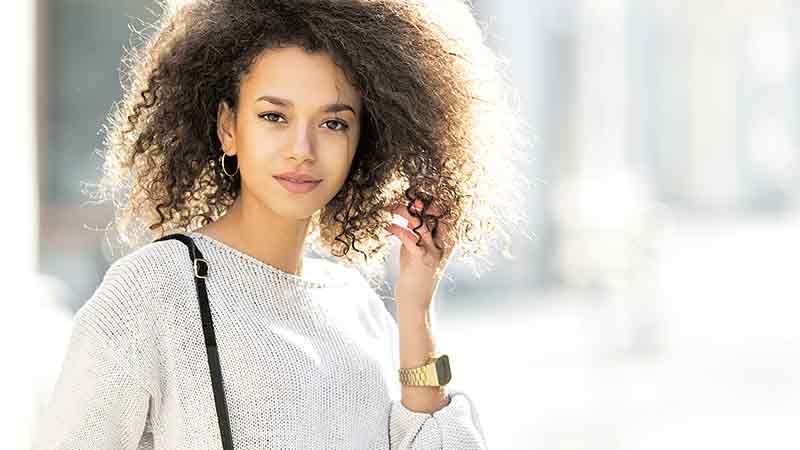
African women now have more spending power
In our society, women experience a greater burden and pressure to look beautiful. This is the main reason why hair products and extensions, skin care and make-up products are the largest and most lucrative segments of the global cosmetics market. Of course, these segments are targeted at, and dominated by, female consumers.
Every year, in addition to other basic cosmetics, women around the world are the biggest spenders on all kinds of make-up, skin care and hair products.
More African women, especially in the middle class, now have more spending power. Higher education is allowing many middle class African women to pursue promising careers (like men) in the workplace. As a result, more women on our continent have the extra income that gives them the spending power to ‘invest’ in the latest fashion trends – and a significant chunk of this spending goes to beauty and personal care products.
In addition to the income women earn themselves, there is also a ‘male support factor’ at play in the huge spending on cosmetic products. Many women are wholly or partially supported by partners (husbands, boyfriends, uncles and brothers) who spend directly and indirectly on beauty products either by giving cash or buying these cosmetics as ‘gift’ items.
As long as Africa’s economic growth continues to look up and the size of the middle class continues to grow, these direct and indirect sources of female spending power will get stronger.

Cosmetic products have become a basic and daily need
In today’s world, cosmetics have become a very basic need. Everyone, including poor people, will go out of their way to enhance the way they look, feel and smell.
Besides helping us with our personal hygiene, cosmetics have become vital to our self-esteem and largely determine how other people treat us and our ability to influence them.
It’s not a surprise that beauty and skin care products are the fastest selling items in Africa after food!
That modern Africans have a basic need for beauty and personal care products is only one part of the equation. Africa’s current population of roughly one billion people is expected to rise to 2.3 million by 2050. This can only mean one thing – more demand for beauty and personal care products!

Africa‘s young and fashion-conscious „middle class“ population is fuelling demand
Africa is home to the youngest population in the world with more than half of its one billion people below the age of 20. What is more interesting is the presence of a large and growing ‘middle class’.
The African Development Bank describes ‘middle class’ as those who spend between $2 to $20 a day. At the moment, there are more than 300 million people on the continent who fit into this category.
A significant majority of Africans in the middle class are young and educated city people who are very aware of (and heavily influenced by) modern trends in grooming, fashion and western culture.
Because most of them hold salaried jobs or own a small business, these guys and ladies have more spending money at their disposal. Due to their tastes and desire for the ‘feel good factor’ they are driving the demand for consumer products like beauty and skin care products across Africa!

African women now have more spending power
In our society, women experience a greater burden and pressure to look beautiful. This is the main reason why hair products and extensions, skin care and make-up products are the largest and most lucrative segments of the global cosmetics market. Of course, these segments are targeted at, and dominated by, female consumers.
Every year, in addition to other basic cosmetics, women around the world are the biggest spenders on all kinds of make-up, skin care and hair products.
More African women, especially in the middle class, now have more spending power. Higher education is allowing many middle class African women to pursue promising careers (like men) in the workplace. As a result, more women on our continent have the extra income that gives them the spending power to ‘invest’ in the latest fashion trends – and a significant chunk of this spending goes to beauty and personal care products.
In addition to the income women earn themselves, there is also a ‘male support factor’ at play in the huge spending on cosmetic products. Many women are wholly or partially supported by partners (husbands, boyfriends, uncles and brothers) who spend directly and indirectly on beauty products either by giving cash or buying these cosmetics as ‘gift’ items.
As long as Africa’s economic growth continues to look up and the size of the middle class continues to grow, these direct and indirect sources of female spending power will get stronger.
Major Cosmetics, Beauty and Personal Care Product Categories Entrepreneurs Should Focus on in Africa
The cosmetics industry (also known as the beauty industry or personal care industry) can be broken down into five major categories as follows:
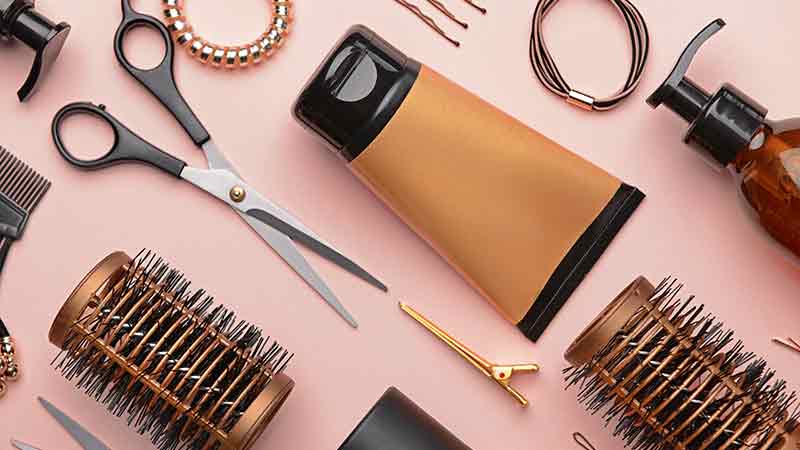
Hair Care
According to general estimates, up to 20 percent of cosmetic products sold on the market are hair care products. This category includes all products used to make human hair clean and attractive – shampoos, pomade, hair gels, conditioners, coloring and dyes, relaxers and hair styling products.
The biggest spenders in this category are beauty salons and barbershops and women who use a wide range of these products.
Recent fashion trends have also increased the amount of spending by men in this category with the growing popularity of dreadlocks, Sporting Waves and ‘afro’ hair styles which require more hair care and attention.

Skin care
The skin care products category is the largest and most assorted segment of the cosmetic market with several competing formulas, products and brands.
The needs of different types of human skin – normal, dry, oily and sensitive skin – is largely responsible for the size and variety of skin care products in the African market, and there are lots of local and international brands releasing new and more attractive products every year!
Nearly 30 percent of all cosmetic products sold in this market every year are in the skin care category which includes body lotions, skin moisturizers, cleansers, toners, anti-acne, anti-aging and facial products. The growing trend of using skin lightening or ‘bleaching’ products among young African women and men is also feeding the frenzy of demand that has made the skin care products category a multi-billion dollar business.
According to this BBC article, the World Health Organization reported that Africans are some of the highest users of skin bleaching products: 77 percent of Nigerian women use these products on a regular basis, followed by Togo with 59 percent; South Africa with 35 percent; and Mali at 25 percent.
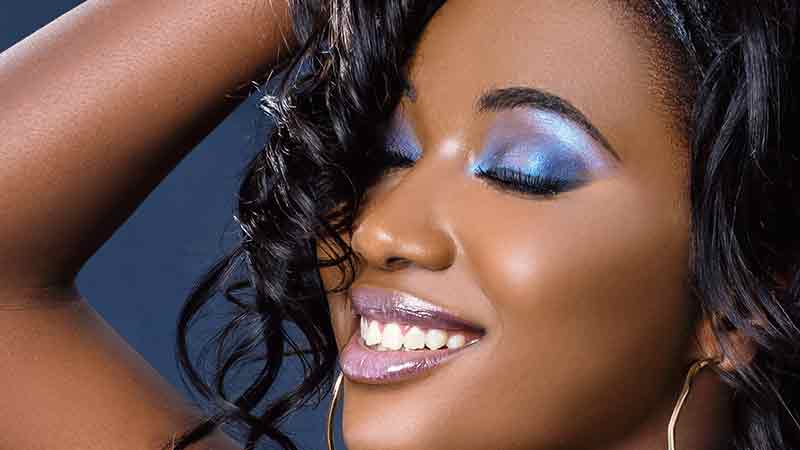
Make up
Make up (which is also commonly referred to as ‘colour cosmetics’ or ‘decorative cosmetics’) includes a wide range of products used especially by women on the face, eyes, lips and nails.
This category is so segmented that there are very many niches catering to several specific needs.
The common products in this category are: lipsticks, concealers, foundation, face powder, blushes, mascara, eyeliners, nail polish and make up removers.
In addition to many international designer brands in the market (such as Mary Kay, Maybelline, Clinique etc), several African-grown and promising makeup brands like Nigeria’s House of Tara and Kenya’s Suzie Beauty line are becoming very successful.
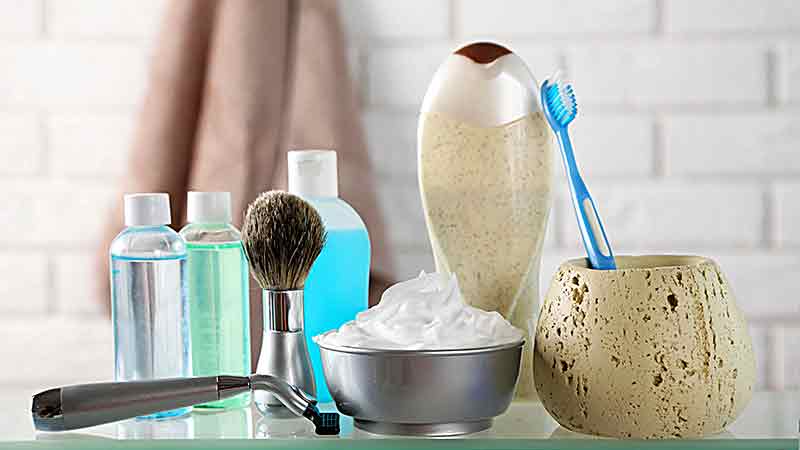
Personal care and toiletries
The products in this category are primarily used to clean the body and maintain personal hygiene, and not necessarily for beautification. The products here fall into the Fast Moving Consumer Goods (FMCG) group due to their high demand and how quickly they are consumed.
This category includes bathing soaps (liquids and bars), toothpaste, shaving cream, hair removal preparations (depilatories), deodorants, antiperspirants, sunscreens, toilet paper and several other items used in the bathroom.
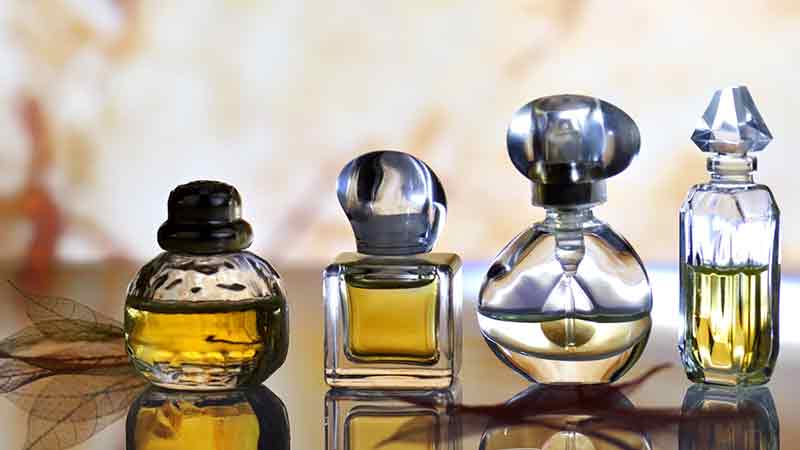
Fragrances
The fragrances category of the cosmetics market may sell the least volumes but surely makes the most profit of all the product categories in this market. ‘Fragrances’ include all mixtures of essential oils and aromatic compounds that give the human body a pleasant scent.
Common fragrance classes in the market include – Perfumes, Eau de Toilette, Eau de Parfum, Cologne and aftershave.


